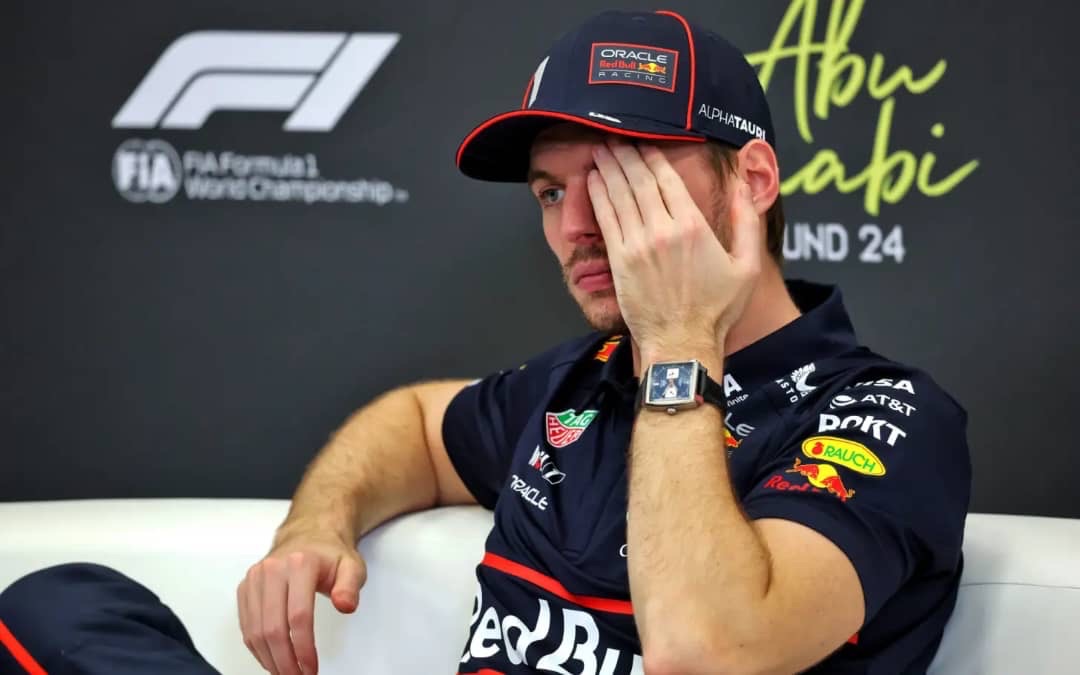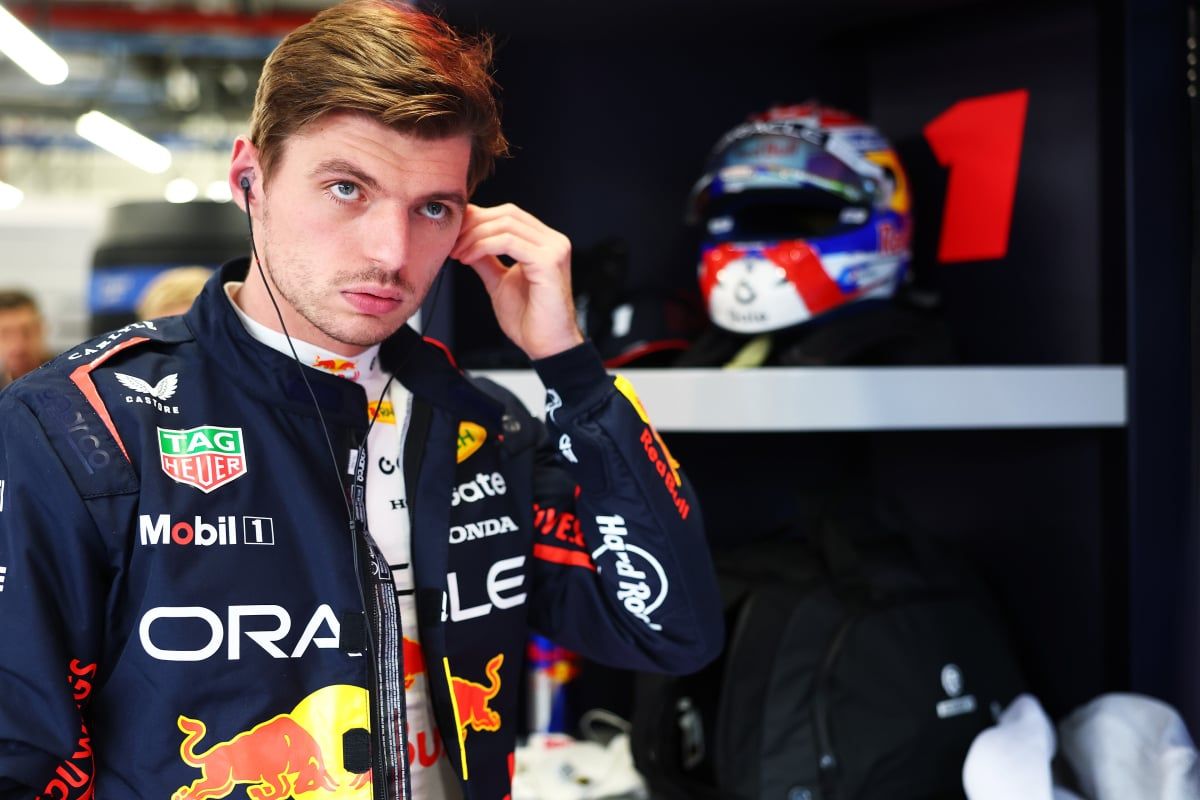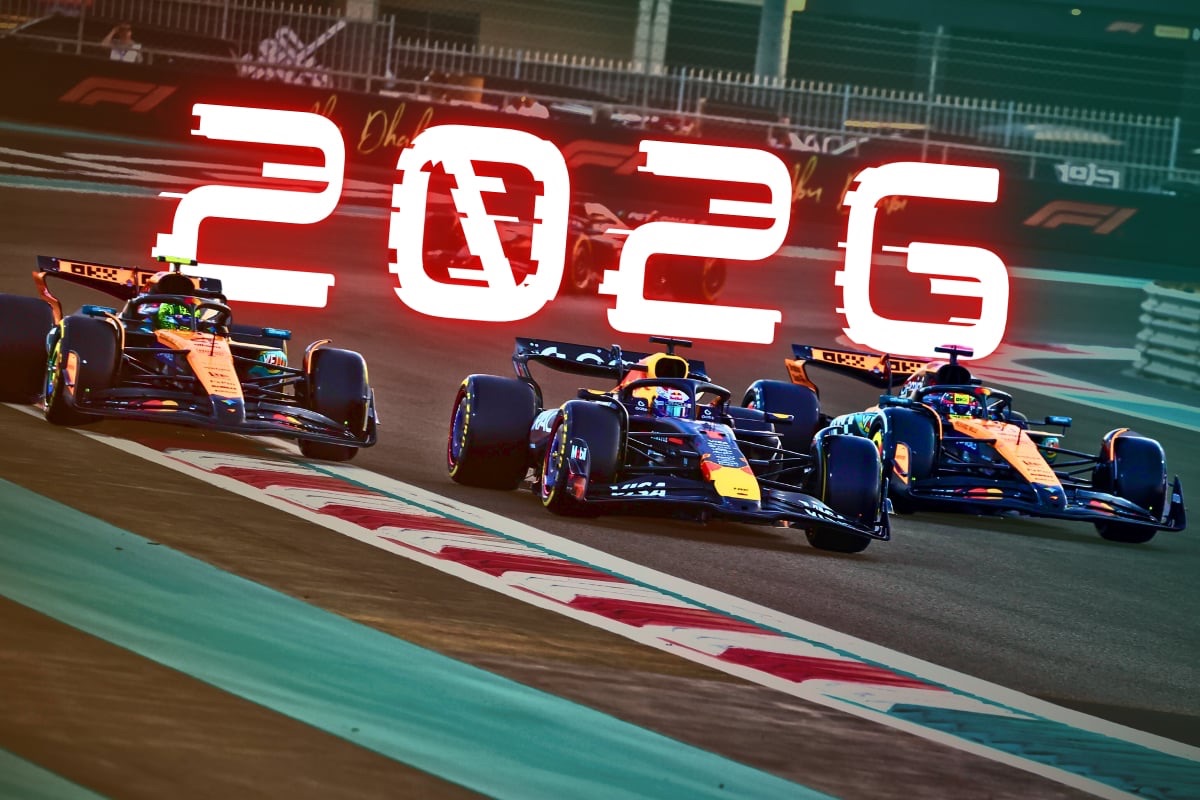FIA PUNISHMENT Issued After Hamilton Incident as Verstappen…read more
The Formula 1 world was rocked by a dramatic turn of events at the Japanese Grand Prix in Suzuka, where the FIA took decisive action following a controversial incident involving Lewis Hamilton. The governing body issued a penalty against the British driver after an on-track clash that sparked heated debates among fans, pundits, and competitors alike. Additionally, reigning World Champion Max Verstappen was also thrust into the spotlight as the FIA launched an investigation into a separate incident during the race weekend.
The Hamilton Incident: A Turning Point in the Race
The Japanese Grand Prix, a high-stakes race on the F1 calendar, saw intense battles throughout the field. However, it was a particular moment between Hamilton and another competitor that caught the attention of race stewards. On lap 34 of the race, Hamilton appeared to misjudge his braking point while fighting for position, leading to a dramatic collision with a rival driver. The incident caused significant damage to the car involved, forcing the driver to retire from the race.
Initially, it seemed like an unfortunate racing incident, but as the stewards reviewed onboard footage and telemetry data, it became clear that Hamilton’s actions may have been more than just an error in judgment. According to the FIA’s report, the Mercedes driver failed to leave enough racing space, which resulted in the collision. The stewards deemed Hamilton’s actions as overly aggressive and inconsistent with the standards of safety and fair play expected in Formula 1.
As a result, the FIA handed Hamilton a three-place grid penalty for the upcoming race, effectively demoting him from his current position. This punishment was met with mixed reactions from the F1 community. Some argued that the penalty was too harsh, pointing to the competitive nature of the sport and the difficulty of avoiding contact in tight situations. Others, however, felt that it was a necessary move to maintain the integrity of the sport and ensure that drivers adhere to the rules.
Verstappen Under Investigation
Just as the Hamilton incident began to settle, another piece of drama unfolded with Max Verstappen’s involvement. The Red Bull Racing driver, who has been the dominant force in Formula 1 for the past few seasons, found himself under investigation by the FIA for an incident during the race. Verstappen, known for his aggressive driving style, was scrutinized for his maneuver during the final stages of the race when he overtook a competitor under questionable circumstances.
The issue stemmed from an alleged violation of track limits. Verstappen, while executing a move on a rival, was seen to have crossed the white line marking the boundary of the racing surface. While track limits violations are common throughout a race weekend, what made this situation different was that Verstappen had gained a position from the maneuver, which raised questions about whether the overtake was performed fairly.
The FIA quickly launched an investigation into the incident, and fans anxiously awaited the outcome. Verstappen, for his part, maintained that he had not breached any rules and that his actions were entirely within the scope of fair competition. “I didn’t feel like I did anything wrong,” Verstappen commented in the post-race interviews. “I was racing hard, and sometimes in the heat of the moment, things can happen, but I always respect the rules.”
However, the stewards were not convinced. After a thorough review of the footage, the FIA found enough evidence to suggest that Verstappen had indeed breached the track limits. As a result, the Dutch driver was handed a 10-second time penalty, which would affect his finishing position in the race.
This penalty was particularly controversial given Verstappen’s commanding lead in the championship and the potential impact it had on his standings. Some critics questioned whether the FIA was being overly strict, pointing to Verstappen’s dominance and the fact that the infraction was relatively minor in comparison to other incidents that had occurred throughout the season. Others, however, believed that the punishment was warranted to ensure that every driver was held to the same standard, regardless of their reputation or current championship standing.
Implications for the Championship
The penalties handed to Hamilton and Verstappen raised serious questions about the consistency of the FIA’s decision-making and the overall fairness of the sport. With both drivers facing grid penalties and time penalties, the result of the Japanese Grand Prix took on a new layer of complexity. For Hamilton, the three-place grid penalty meant that he would be starting further down the grid in the next race, making it even harder for him to close the gap to the championship leaders. Verstappen, on the other hand, saw his grip on the championship slightly loosened by the time penalty, though he still retained a comfortable lead.
As the season progresses, the fallout from these incidents is likely to continue influencing the dynamics of the championship battle. With just a few races left before the end of the season, every point becomes critical, and penalties such as these could play a pivotal role in determining the ultimate outcome.
A Growing Rivalry
The incidents in Japan only add fuel to the growing rivalry between Hamilton and Verstappen. Both drivers have been at the center of some of the most dramatic moments in recent F1 history, and the Japanese Grand Prix proved to be yet another chapter in their ongoing rivalry. As the season heads towards its final stages, it is clear that these two drivers will continue to battle for supremacy, with the FIA playing a key role in ensuring that the sport remains fair and competitive.
With the season still hanging in the balance, all eyes will be on Hamilton, Verstappen, and the FIA as they navigate the remaining challenges. For now, the penalty decisions have left the racing world abuzz with speculation about what’s to come next.



